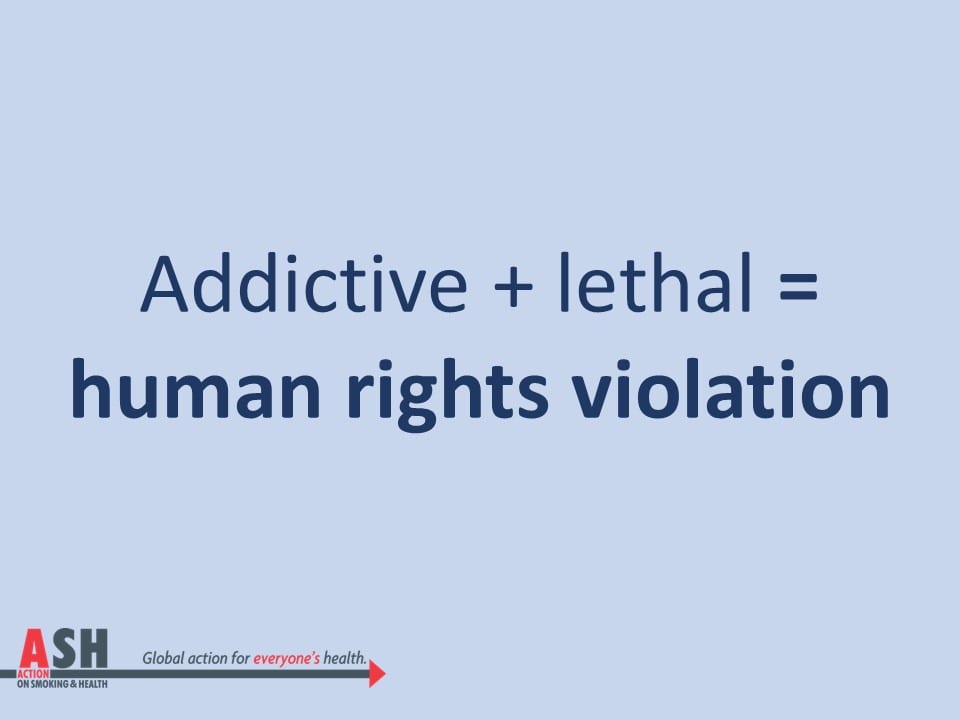By Laurent Huber, Executive Director
The tobacco control community is at a crossroads. The evidence in unequivocal: the most widely consumed nicotine delivery product, combustible cigarettes, an addictive and lethal product, kills more than 7 million people every year, and this number is still rising.
The tobacco control community was united when combustibles and chewing tobacco products were the only game in town. But today, with an increasing variety of new nicotine delivery products becoming available, the public health community is divided between harm reduction enthusiasts and harm reduction skeptics.
One side claims that the new products are the vaccine that could solve the tobacco epidemic and the other side argues that it will only increase nicotine addiction while not significantly decreasing the use of deadly combustible products. Data supporting both sides of these conflicting arguments is flooding the media, confusing the tobacco control community and general public alike.
This situation has been further complicated with the claim made by cigarette companies that they want to transform their business and move towards a smoke free future, leaving the public and governments wondering whether this is a public relations stunt that should be ignored or a legitimate strategy warranting efforts to accelerate that transformation. Given the history of the tobacco industry, there are good reasons to be skeptical.
If we want to avoid the predicted one billion preventable deaths caused by tobacco products in the 21st century, more needs to be done.
The onus to achieve a smoke free future must be on governments, not the industry, as they are not motivated by public health objectives, but financial objectives.
While the WHO Framework Convention on Tobacco Control (FCTC) has been instrumental in changing the global conversation about tobacco, implementation has been disappointing and a majority of parties seems to see the FCTC as a menu rather than a recipe, implementing one measure and declaring success. In its 2017 Report on the Global Tobacco Epidemic, WHO celebrated the fact that nearly 2/3 of countries are covered by at least one FCTC measure. This represents progress but not success.
 If one takes the view that profiting from an addictive but nonlethal product like e-cigarettes might be an ethically questionable abuse of corporate power on citizens but profiting from addictive and lethal products like cigarettes amounts to a human rights violation, then what should be the response from the public health community?
If one takes the view that profiting from an addictive but nonlethal product like e-cigarettes might be an ethically questionable abuse of corporate power on citizens but profiting from addictive and lethal products like cigarettes amounts to a human rights violation, then what should be the response from the public health community?
Is there a way for the public health community to find common ground again and work towards a regulatory response that is evidence-based and proportional to the harm products cause and reduces both nicotine addiction as well as deaths caused by smoking?
Surely all of us public health advocates can agree that more needs to be done to address the death toll from combustible tobacco. We cannot allow disagreement over e-cigarettes to thwart our central goal – to save lives by ending the age of the cigarette.
 A human rights approach to ending the tobacco epidemic might be the answer for the 21st century, as it frames the right to be free from smoking addiction and calls on governments to advance human development by implementing measures that decrease smoking.
A human rights approach to ending the tobacco epidemic might be the answer for the 21st century, as it frames the right to be free from smoking addiction and calls on governments to advance human development by implementing measures that decrease smoking.
This will require an accelerated and comprehensive implementation of the FCTC as well as looking into new and innovative ways to reduce current smoking levels. The FCTC is the floor, not the ceiling. Ending the totally preventable tobacco epidemic is a human rights and development challenge that the world should be able to overcome this century!








